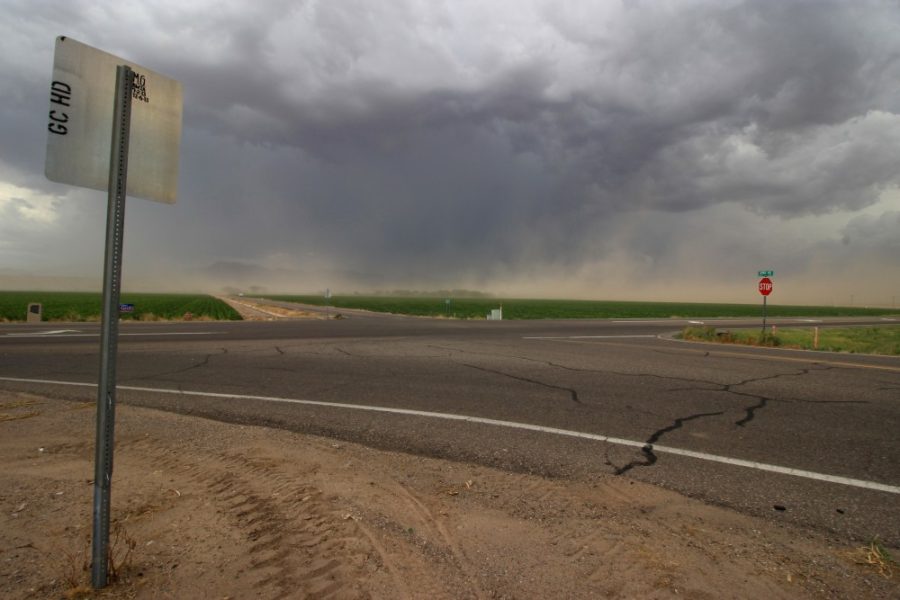Fever, fatigue, headaches, joint aches, chest pain, coughs—these symptoms send people to the doctor regularly, and the diagnostic possibilities are vast. Yet, in Southern Arizona and Southern California, there’s one possibility that’s often overlooked: valley fever.
Valley fever, also know as Desert Rheumatism, is a respiratory infection caused by a spore from the fungus Coccidioides found in dry soil.
Valley fever infects 50,000 people per year, and roughly two-thirds of those cases are in Arizona, according to Dr. John Galgiani, UA professor and director of Valley Fever Center for Excellence.
For that reason, Banner—University Medical Center has a valley fever clinic which collaborates with the VFCE, an Arizona Board of Regents approved center that researches the disease and spreads awareness.
RELATED: Arizonans are particularly susceptible to valley fever

Galgiani has been working with valley fever since 1978 and has been the director of VFCE since its founding in 1996. He also led the panel that recently updated the national guidelines for treating valley fever under the Infectious Diseases Society of America.
This update, which focused on making the research widely available to primary care physicians and also altered guidelines for what treatments pregnant women could safely receive, was “long overdue,” according to Galgiani.
“There were some things we didn’t allow pregnant women to be treated with that with new information, we now allow,” he said.
While valley fever can be a “pretty debilitating disease”—UA research shows that two times the amount of students who contract valley fever have to drop out for a semester, compared to those who contract mononucleosis—it is not often fatal.
The VFCE said that less than 200 people per year die of valley fever, but Galgiani clarified that those numbers simply reflect the number of death certificates that list valley fever. It’s usually complications like meningitis that cause death, and only in those with immunodeficiencies.
“Valley fever is very common and very important to Arizona, [but] it’s considered a rare disease nationally,” Galgiani said. “We just don’t have as many publications.”
While there isn’t the same quantity of research on valley fever as other, more widespread diseases, that doesn’t affect the quality, according to Galgiani.
The tutorial booklet the VFCE published for primary physicians not only offers diagnosis and treatment advice, but describes the process Coccidioides spores go through under the dry soil, growing closer to the surface once the rains arrives. The booklet cautions that early summer and late fall are the most common times to inhale spores, especially when it’s windy.

The booklet reassures readers that valley fever isn’t contagious, and notes that a second infection is rare—most people develop a “lifelong immunity” after the first infection.
That immunity is something the VFCE is trying to replicate in the form of a vaccine. Galgiani said the VFCE has been working with a drug, Nikkomycin Z, that works well on mice.
Recently, researchers succeeded in making a live vaccine, meaning it contains genetically modified valley fever. This weakened spore is safe to administer, as it will cause only mild symptoms. Galgiani said that the aspect of the vaccine is essential, as it reduces the cost of production.
“Funding is really almost the only roadblock,” Galgiani said. “We need to find the support and finish the job.”
A vaccine is the overarching goal, but Galgiani said making local doctors more aware will play a huge role in reducing misdiagnoses, which will save patients from rounds of tests and from being treated with antibiotics when they need an anti-fungal.
Galgiani also sees the value in public awareness.
“General awareness … is as valuable as getting doctors up to speed,” Galgiani said, as that way patients can ask about valley fever specifically. “If you ask, you’ll probably get tested.”
Follow Marissa Heffernan on Twitter.















